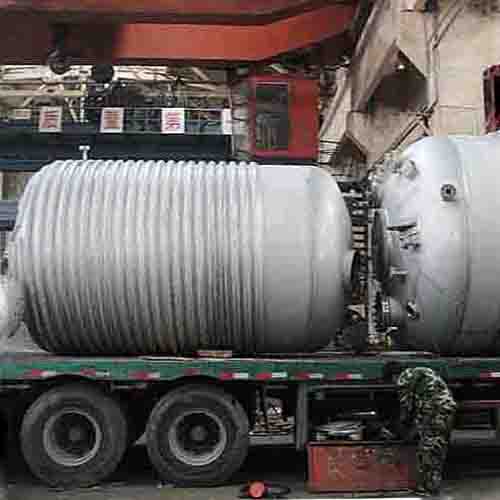After the surface of the component is coated with a penetrant containing a fluorescent dye or a coloring dye, the penetrant can penetrate into the surface defects after a certain period of time in the effect of the capillary. After removing the excess penetrant on the surface of the component, coat the surface with an imaging agent. Likewise, in the effect of the capillary, the imaging agent will attract the penetrant retained in the defects, and the permeate will be back-infiltrated into the imaging agent. Under a certain light source, the trace of the penetrant at the defects will be displayed, thereby detecting the appearance and distribution of defects.
Characteristics of penetration testing
1. It can be used for any kind of material aside from materials with a loose and porous structure.
2. It is possible to perform a comprehensive inspection in one operation for parts with defects in several directions.
3. The surface finish of the component has a large influence on the test result, and the skill level of the operator will also influence the result.
4. Defects on the surface can be detected, but inner defects or closed surface defects cannot be detected.
5. The detection sensitivity of penetrant testing is lower than that of magnetic particle detection.
Time of Flight Diffraction (TOFD)
The TOFD detection technique is to generate a waveform at the tip of a discontinuous defect. A diffraction wave with a large range of angles will be generated after it is converted, which can detect the defect and record the time of flight of the signal that is possible to measure the height of the defect, so then the defect can be quantified. The defect size is usually defined as the time difference of the flying time of the diffraction signal, the signal amplitude has nothing to do with the defect quantification.
The TOFD detection technology uses two pulse detectors for detection, which are symmetrically arranged relative to the centerline of the weld. The transmitting detector generates an unfocused longitudinal wave beam that is incident on the workpiece to be inspected at a certain angle. When the acoustic pulse is transmitted to one end of the receiving detector, the first signal reaches the end of the receiving detector. This is the lateral wave that transmits under the surface of the detected workpiece. If no defect exists, the second signal arriving at the receiving detector will be the bottom echo. The receiving detector determines the position of the defect and its height by receiving the diffraction signal of the defect tip and its time difference.
Characteristics of TOFD testing
1. A single scan can cover the entire weld area and reach a very high detection speed.
2. The detection rate is high, and it is easy to detect defects with poor directivity.
3. It can detect various types of defects but is not sensitive to the direction of defects.
4. Defects extending to the surface can be identified.
5. The detection for the quantification and positioning of the vertical direction of the defect is very precise, and the accuracy error is less than 1 mm.
6. When combined with the pulse reflection method, the detection effect is better, and the coverage rate is 100%.


 English
English Español
Español русский
русский